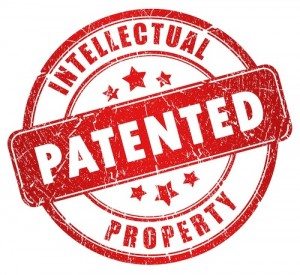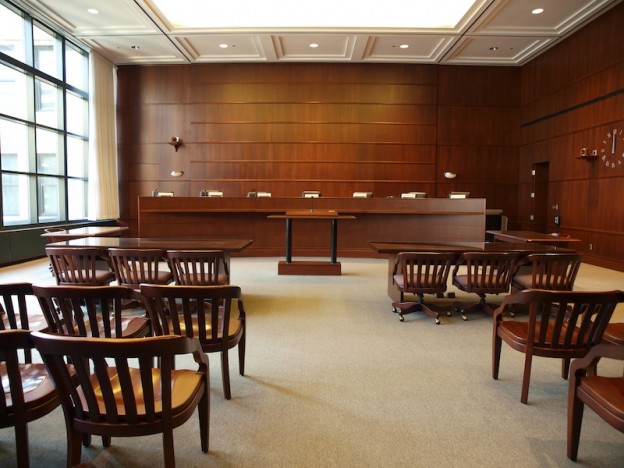In 1993, prior to Daubert, the civil courts had been over-run with two decades of Toxic Tort and drug product liability suits involving DES (diethylstilbesterol), oral contraceptive pills, Bendectin, intrauterine devices (IUDs), DPT/MMR (diphtheria, pertussis, tetanus, measles, mumps, rubella) Vaccines, L-Tryptophan. Concurrently the civil defense bar was waging war against all plaintiffs’ liability experts and yelling “Junk Science” and “hired gun” to try to ward off the onslaught of law suits that threatened to drain their wealthy pharmaceutical company clients. The pharmaceutical defense lawyers got rich and the experts who dared to testify against their clients got maligned. A.H. Robbins went out of business as a result of the Dalkon Shield litigation, and Merrell-Dow Pharmaceuticals removed Bendectin, a perfectly fit drug for nausea associated with pregnancy, from the market in 1983 due to excessive costs of litigation and insurance.
This brief article exposes the dual standard of ethics for lawyers and experts, and demonstrates how experts have become the scapegoat for the inadequacies of the legal system. The fact is, the legal system is either unwilling or unable to police themselves, and tries, instead, to cover that defect by blaming the innocent testifying expert.
Many of the legal cases that have occupied much of our time and energy over the past three decades have involved drugs or pharmaceuticals, e.g., Bendectin from Daubert, carcinogens in Joiner, birth control pills and devices (IUDs), and nutritional supplements. So it is both ironic and appropriate that this piece on ethics and the interface of science and law be penned by a practitioner of pharmacology and toxicology.
On the criminal law side recently, there has been re-focused attention on constitutional issues and how difficult it is for the criminal defendant to obtain his/her 6th Amendment right to confront the evidence against him at trial, when prosecutors fail to disclose exculpatory evidence under Brady v. Maryland and encourage government witnesses to deliberately mislead the jury. The future of the justice system and fundamental fairness in our courts will require the courts to sanction those practitioners and abusers, and to obtain more input from qualified experts, perhaps through the use of more FRE 706 panels in adjudicating cases. Enforcing standards of ethics and adherence to “The Oath” also have been identified by the report of the National Academy of Sciences and the American Academy of Forensic Sciences as essential to improving the reliability of testimony and the quality of justice in our jurisprudence system today.
Having a reliable scientific test result, like a “confirmed” urine test for amphetamine is fine; but the problem shows up when an expert testifies that he/she can opine with reasonable scientific certainty that the person with the positive urine test was impaired. Urine tests can never be used to infer impairment, only a window of time during which a drug may have been taken or administered. Often a urine test does not test for the drug in question. For example, urine tests for cocaine are usually done for one of cocaine’s metabolic products (metabolites) benzoylecgonine (BE), but BE will not get the user “high” or cause impairment. The same can be said for marijuana. THC, the active ingredient in marijuana, is not found in the urine; what is found is the acid derivative of THC or THCA, which is inactive whether smoked or eaten in brownies. Yet state governments take urine samples from alleged “drugged drivers” and then the government’s experts come into court and say that is evidence of impairment. States also have established “per se” levels of various drugs in urine which the law says indicates impairment. It does not; it indicates possible prior exposure, not impairment at the time of the stop.
The road to excellence in jurisprudence is an ethical issue, not a scientific one. Ethical behavior must be required, and those who breech the standard must be sanctioned by the courts. Many years ago, I was interviewed on TV. The host asked me about “legal ethics” and I told him that it was an oxymoron. Although he laughed and shook his head, the die had been cast, and the genie was out of the bottle.
In order to improve the system, the courts have to take a long look at their current practices, scrutinize its function, and submit to external constructive criticism and self-critical analysis. With each shortcoming identified, the courts must actively deal with each breech or misuse, whether they like it or not. It seems that every week, a state-run forensic lab in a different city, hits the news media regarding fraud, perjury, and unethical behavior by a supervisor or analyst. We have had two such major occurrences here in Boston.
I have voiced opposition before and taken many “semi-lethal” barrages over it. But in the criminal arena, the prosecutors “force” the government experts to misrepresent their testimony in an attempt to win weak cases, which probably should not have been prosecuted in the first place. As a prospective witness for the defense, I can tell the attorney I have nothing favorable to say on behalf of the defendant and that I will not testify, but government employees are subject to the pressure of the prosecutor and can be compelled to testify (falsely). The usual scenario goes something like this:
Prosecutor: “I need you to say that the earth is flat or I can’t win the case.”
Expert: “But everyone knows the earth isn’t flat”.
Prosecutor: “If I say it is flat, it is flat, got it?”
That’s the type of treachery we have to deal with. Recall the “Duke ‘rape case’?” The prosecutor knew the alleged rape victim had been with several men because they found DNA from different men in the secretions in her underwear. Still, he pursued a rape charge rather than recognizing that consensual sex had occurred. That conduct cost him his license to practice law, and justifiably so.
Fortunately, I have had good working experiences with state prosecutors. I testified when I found strong evidence that a crime had occurred, and refused when the evidence was equivocal. That’s the way it should be all the time … but, alas, it isn’t. If the people cannot rely on the courts to police themselves and enforce the rules in order to provide Equal Justice to All, then just where is this high quality of justice our founders envisioned? The evidence indicates that the problem is not the concordance of science and law, but the inability (or lack of desire) of the legal system to police itself and ensure adherence to ethical, civil and criminal rules of procedure. Prosecutorial misconduct is rampant, and law enforcement routinely misrepresents facts to the jury. Judges passively protect the lawyers by taking no remedial action, and in so doing, encourage future abuses. There is an old saying that when government experts testify, their testimony should be preceded by four little words, “Once upon a time….”
Are you sure you want to work as an expert in this system? Then you’d better have a strong stomach and robust constitution.













